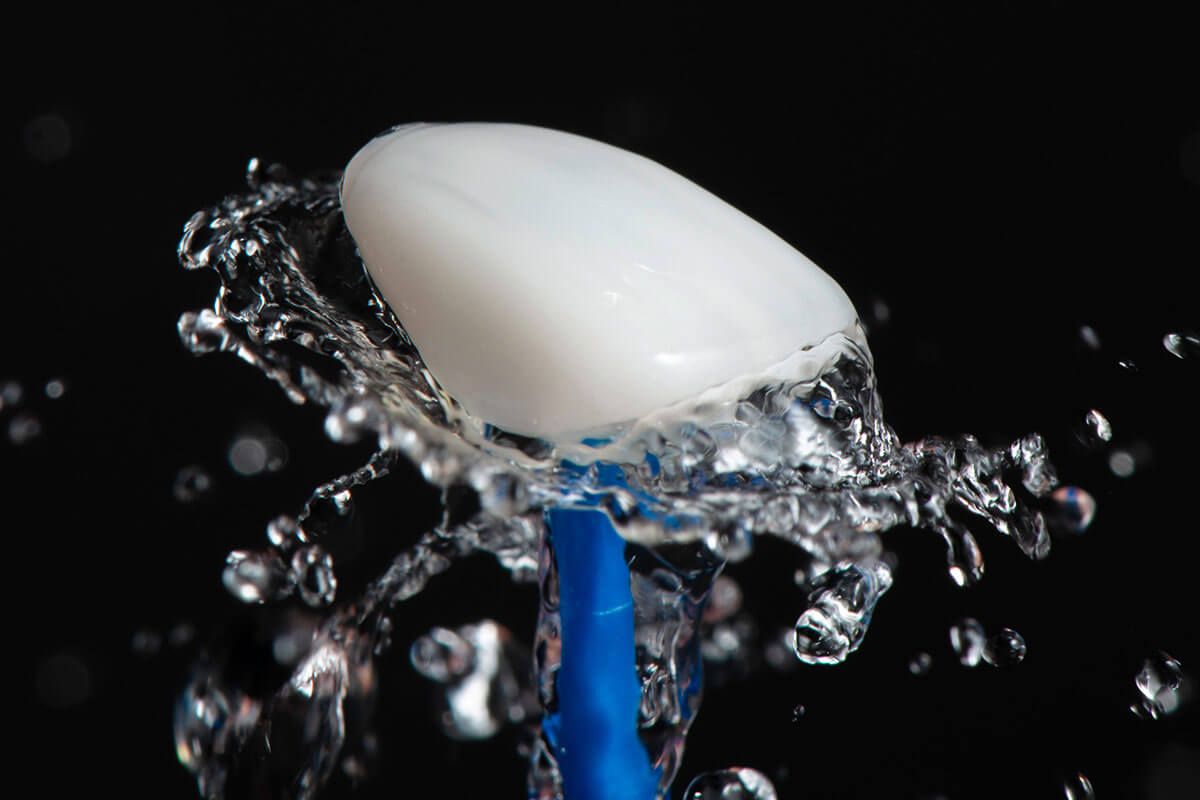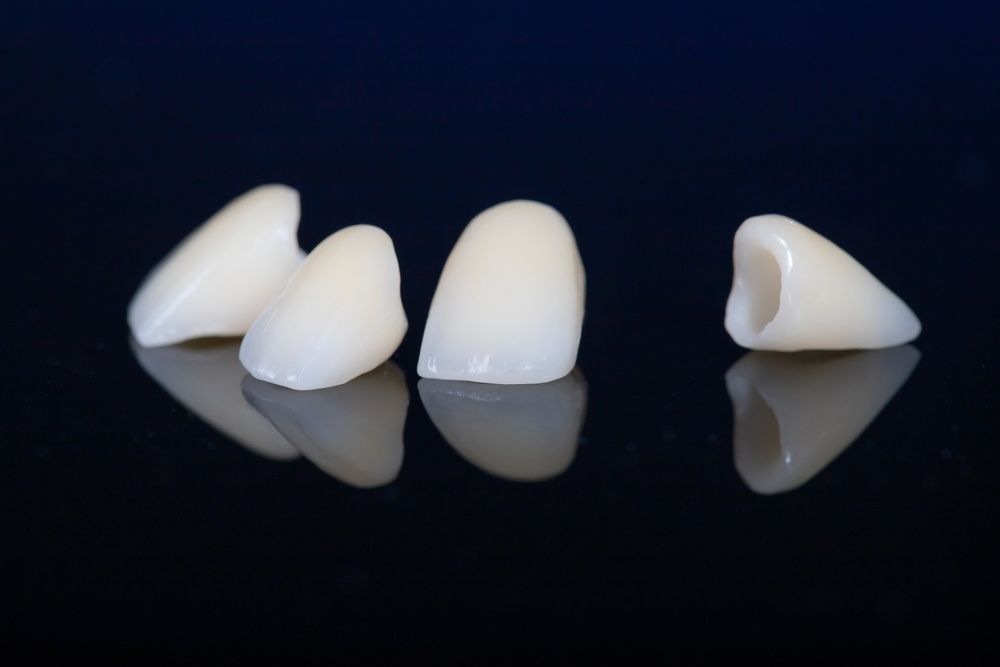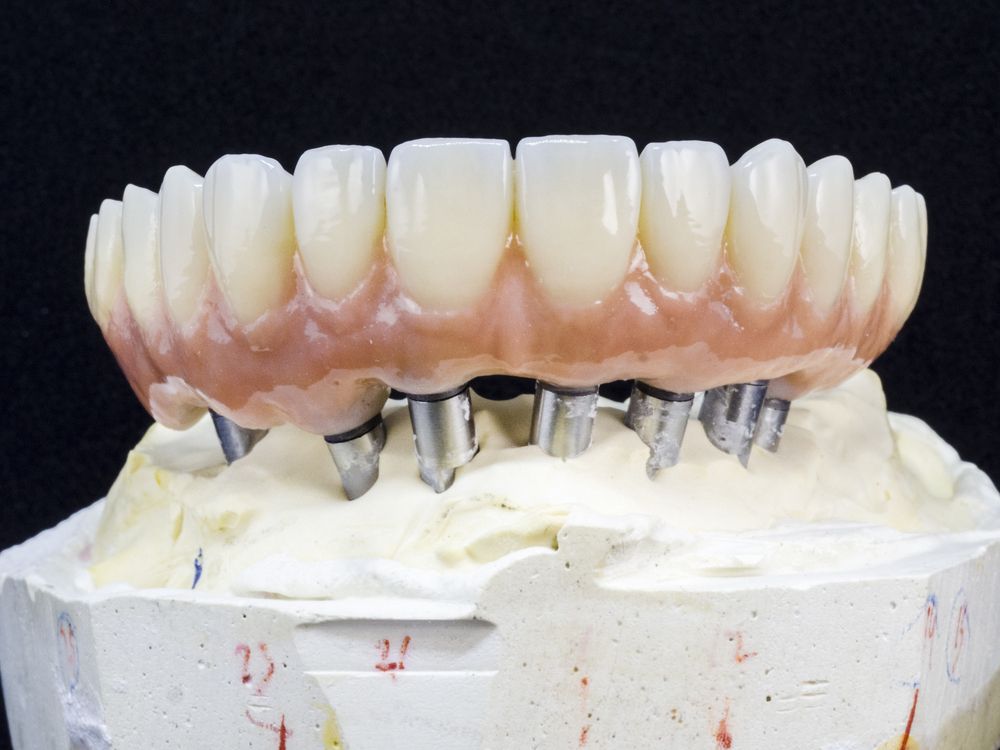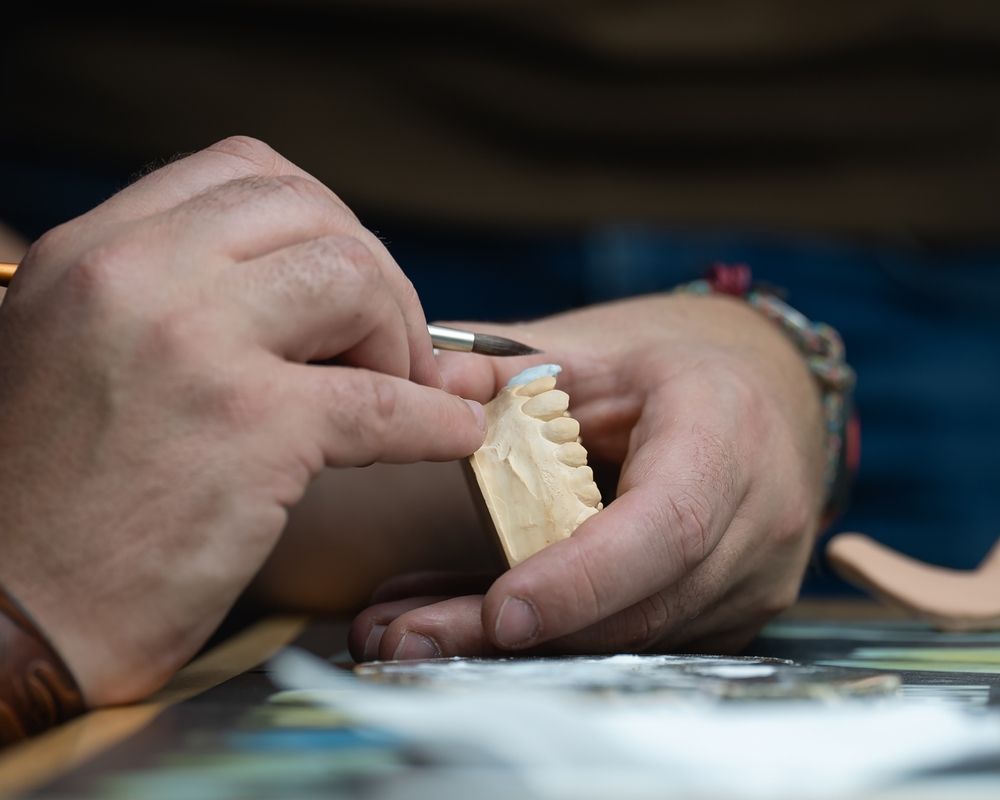When it comes to dental restorations, the quality of materials used is paramount. A dental lab plays a critical role in ensuring the success and longevity of restorative procedures such as crowns, bridges, and implants. This article delves into why high-quality dental materials are essential for successful dental restorations.
High-Quality Dental Materials
High-quality dental materials play a vital role in the success and longevity of dental restorations. Here are some notable examples:
- Porcelain and Ceramic: These materials are widely used for crowns, bridges, veneers, and inlays. They are favored for their aesthetic appeal as they can be made to closely match the color of natural teeth. Porcelain and advanced ceramics like zirconia are also highly durable and resistant to staining.
- Composite Resins: Used primarily for fillings, composite resins are popular due to their ability to mimic the color and texture of natural teeth. They bond well with the tooth structure and are less invasive compared to traditional amalgam fillings.
- Gold and Metal Alloys: Gold, along with alloys containing metals like cobalt, chromium, and nickel, are known for their strength and durability. They are often used in crowns, bridges, and inlays, especially in areas subjected to heavy chewing pressure.
- Zirconia: Zirconia is a relatively new material in dentistry known for its exceptional strength and durability. It’s used for crowns, bridges, and implant abutments. Zirconia is also biocompatible and has good aesthetic qualities, making it a popular choice for both front and back teeth restorations.
- Lithium Disilicate: This is a type of ceramic known for its high strength and aesthetic qualities. It is commonly used for veneers, crowns, and onlays. Lithium disilicate is particularly favored for its ability to be precisely color-matched to the surrounding teeth.
- Titanium: Titanium is primarily used for dental implants due to its high strength, durability, and biocompatibility. It integrates well with the bone, making it the material of choice for implant posts.
- Dental Amalgam: Although less popular than in the past due to its metallic appearance, dental amalgam is still recognized for its durability and longevity. It’s a mixture of metals, including silver, mercury, tin, and copper, typically used for filling cavities in back teeth.
- Glass Ionomer: This material is often used for fillings, particularly in children or in root surfaces. It has the advantage of releasing fluoride, which can help protect teeth from further decay.
Each of these materials has its specific applications and advantages, and the choice often depends on the location of the restoration, the patient’s oral health, and aesthetic considerations. Dental professionals make these choices based on a combination of factors, including patient needs, material properties, and the specific clinical situation.
Why Quality Matters
Durability and Longevity
One of the primary reasons for using high-quality materials in dental restorations is their durability. High-grade materials are more resistant to wear and tear, ensuring that restorations last longer. This not only provides value for money but also minimizes the frequency of replacement, which can be both time-consuming and costly for patients.
Biocompatibility
Biocompatibility refers to how well a material interacts with the human body. High-quality dental materials are designed to be biocompatible, reducing the risk of allergic reactions, irritation, or rejection by the body. This aspect is crucial for the long-term success of implants and other restorations that integrate with the body’s tissues.

Aesthetics
A significant advantage of premium dental materials is their superior aesthetic quality. They can be tailored to match the patient’s natural teeth in terms of color, texture, and translucency, leading to more natural-looking restorations. This is particularly important for restorations in visible areas, where the appearance can significantly impact the patient’s confidence and satisfaction.
Strength and Functionality
High-quality materials are also essential for maintaining the strength and functionality of the teeth. They can withstand the forces of biting and chewing, ensuring that the restoration performs as well as natural teeth. This functionality is crucial not only for comfort but also for maintaining overall oral health.
Innovation and Technology
The dental industry is continually evolving, with new materials and technologies emerging regularly. High-quality materials often incorporate the latest advancements, offering improved results and new possibilities in dental restorations. For instance, materials like zirconia and lithium disilicate are known for their exceptional strength and aesthetic qualities.
Conclusion
In conclusion, the use of high-quality dental materials in restorations is not just a preference but a necessity. It ensures durability, biocompatibility, aesthetics, strength, and the incorporation of the latest technological advancements. For dental labs, prioritizing these materials is an investment in patient satisfaction and the overall success of dental restorations. As the dental industry continues to advance, staying informed and choosing the best materials available will remain a cornerstone of high-quality dental care.




